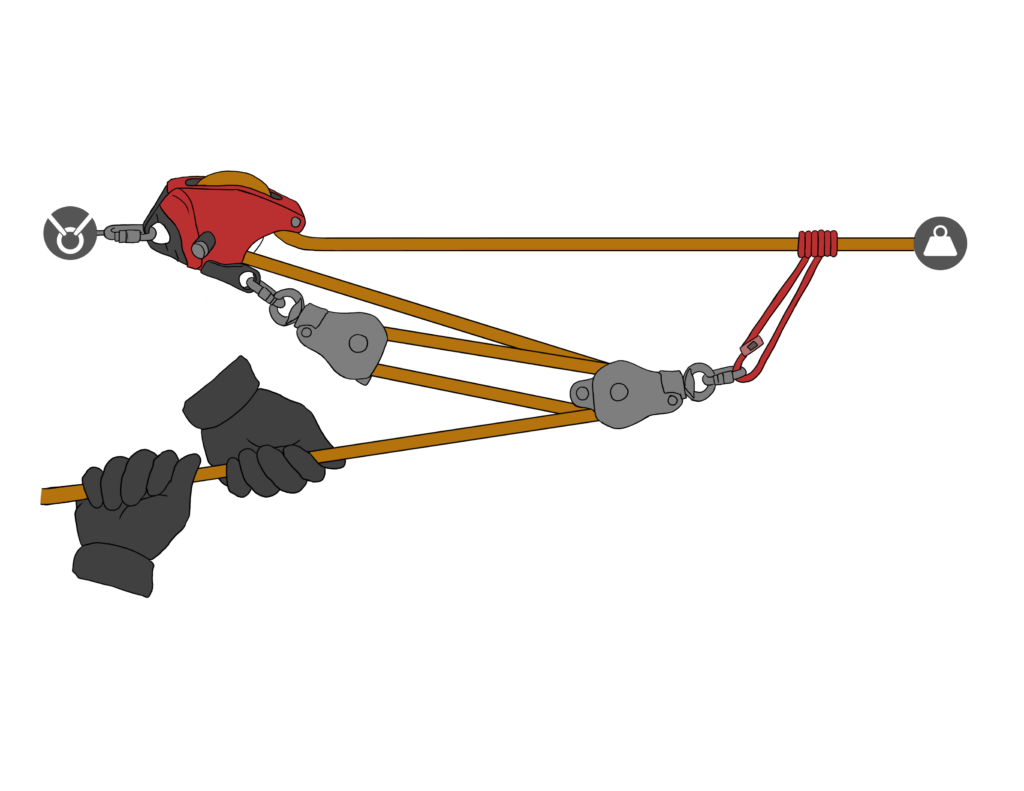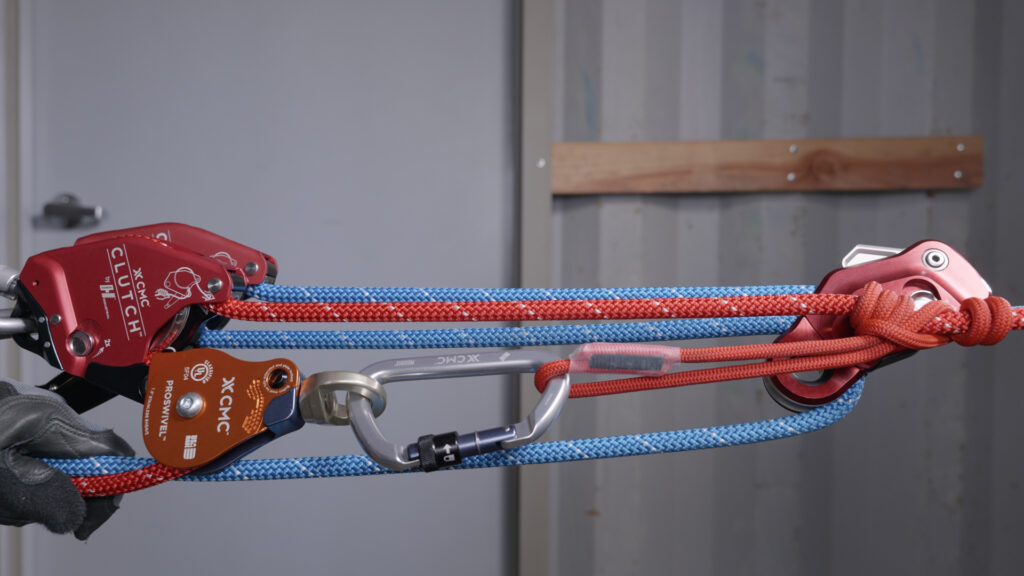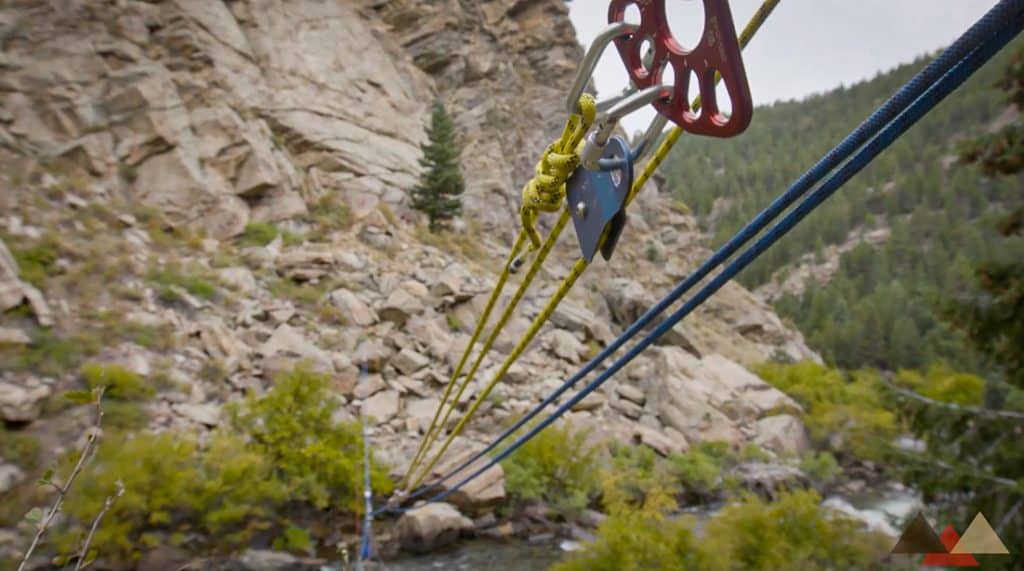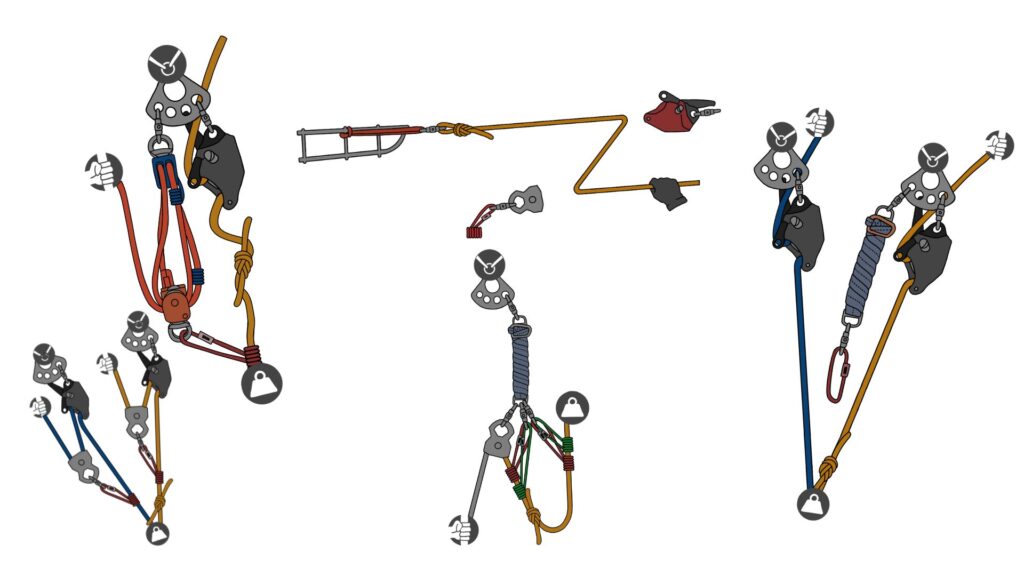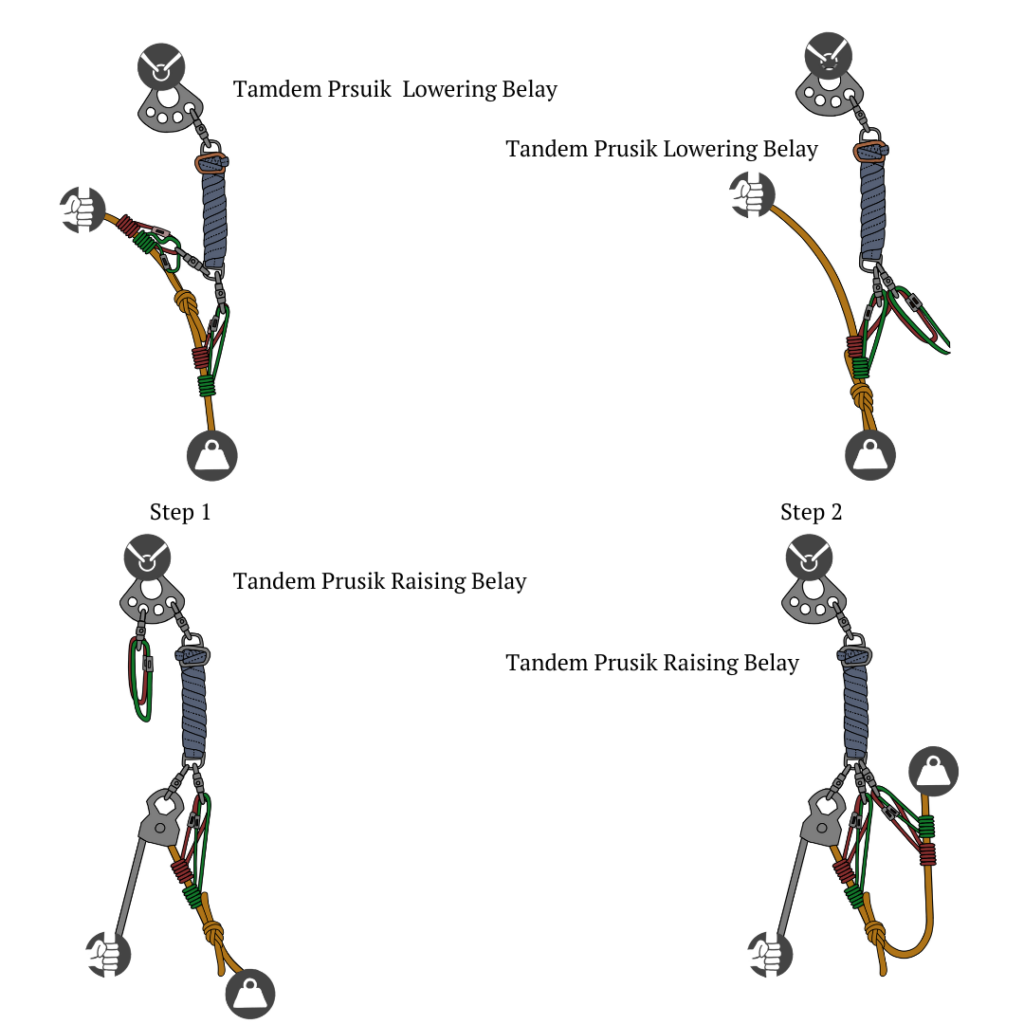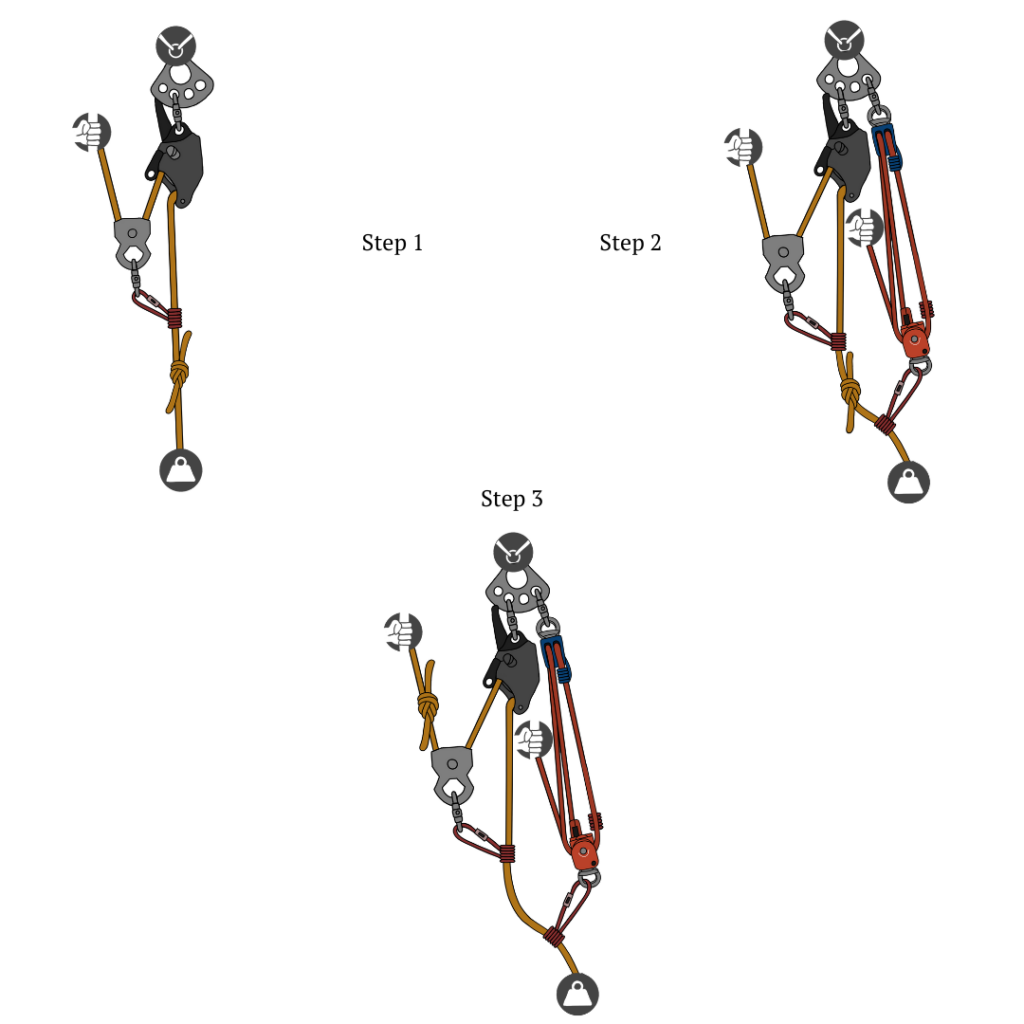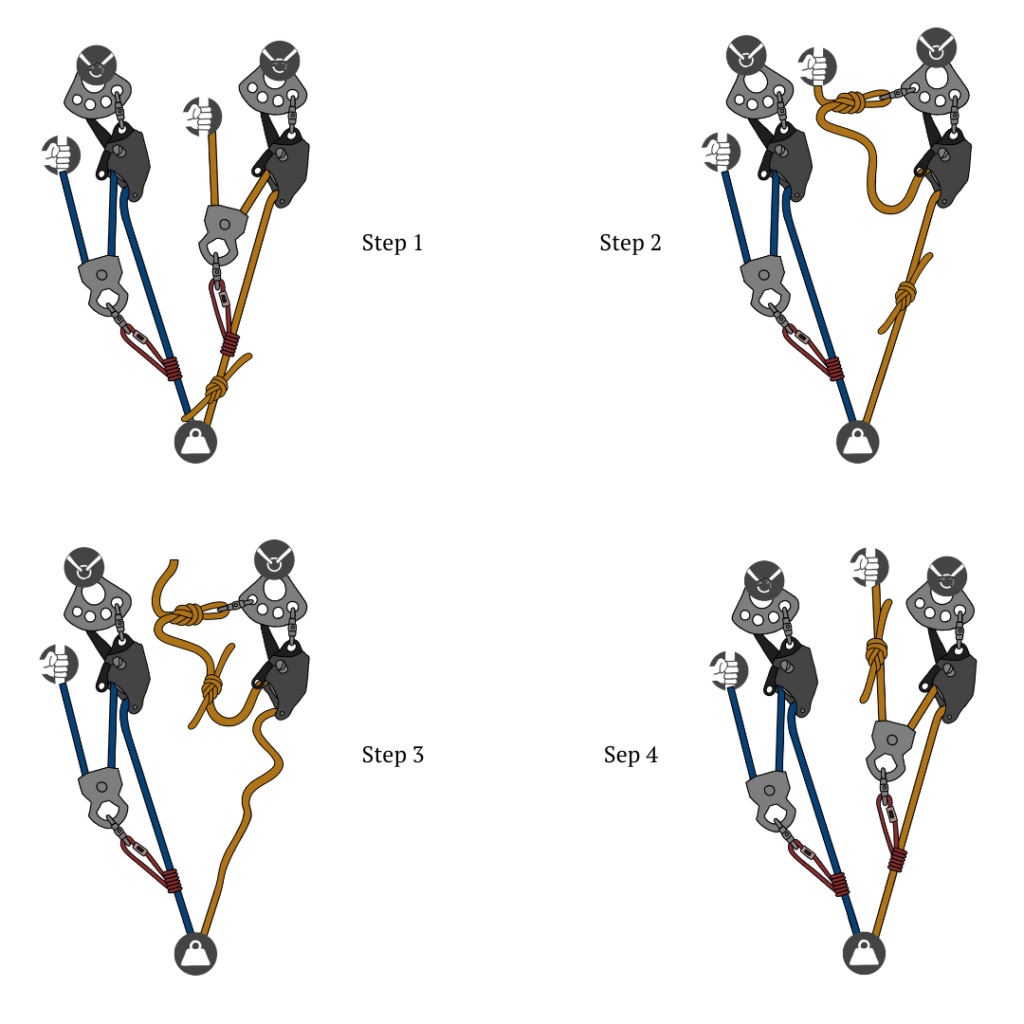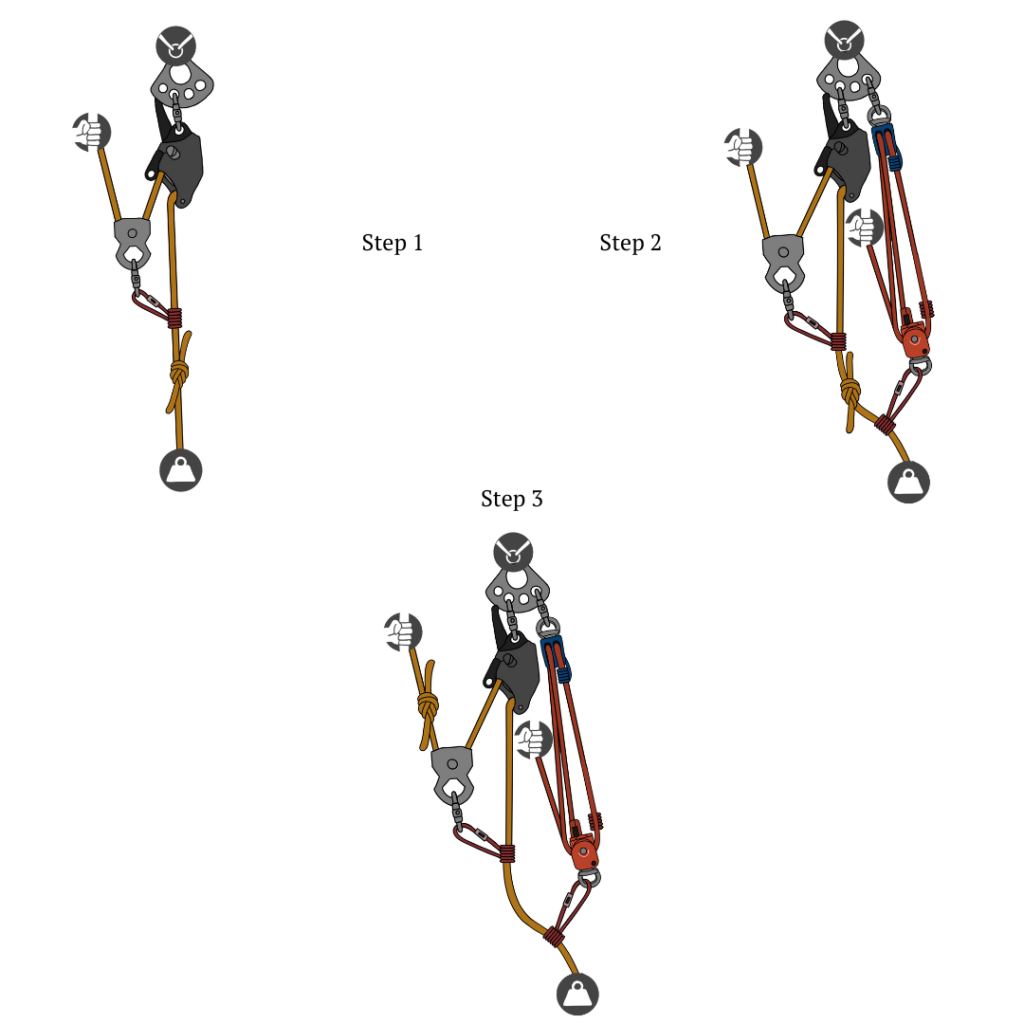A Mechanical Prusik
Petzl Tibloc: A Mechanical Prusik Revolutionizing Rope Systems The Petzl Tibloc is a compact, lightweight mechanical rope-grabbing device often regarded as a mechanical Prusik. Its efficiency, ease of use, and versatility make it a valuable tool for rescue professionals, climbers, and technical riggers. This article explores how the Tibloc functions, its applications in mechanical advantage […]
A Mechanical Prusik Read More »


